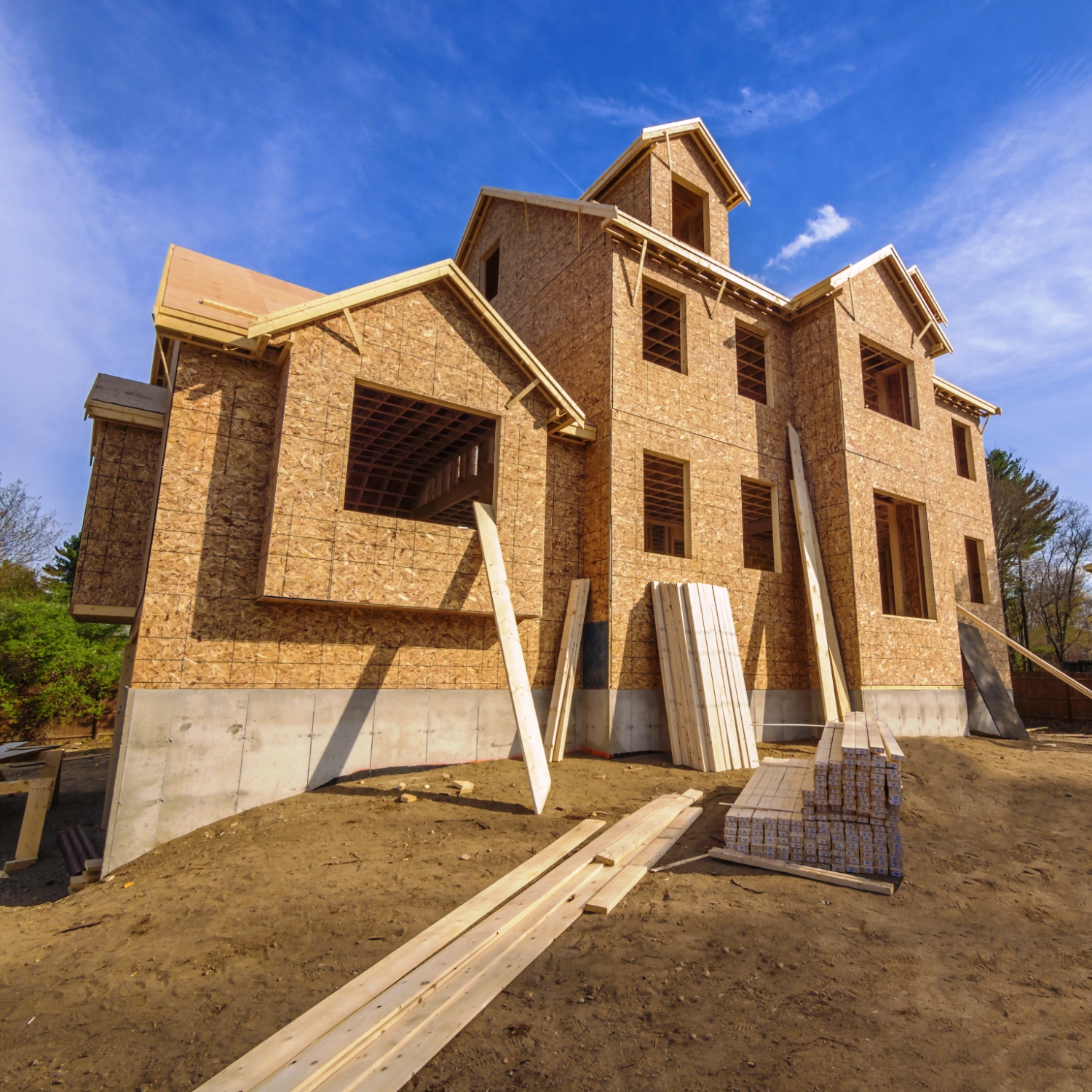
The National Association of Home Builders (NAHB)/Wells Fargo housing market index for May remained unchanged from April’s reading of 58. The reading was lower than the consensus forecast of 59 from a Bloomberg survey of economists. In October 2015, the NAHB index reached 64, its highest level since the end of the housing boom in late 2005.
An index reading above 50 indicates that more builders view sales conditions as good than view them as poor. The index score has remained steady for the past four months.
The current sales conditions sub-index for May was unchanged at 63 and the sub-index that estimates prospective buyer traffic also remained unchanged at 44. The sub-index measuring sales expectations for the next six months also rose three points to 65.
The NAHB’s chief economist said:
The fact that future sales expectations rose slightly this month shows that builders are confident that the market will continue to strengthen. Job creation, low mortgage interest rates and pent-up demand will also spur growth in the single-family housing sector moving forward.
The three-month moving average index changed in three of NAHB’s four regions. In the West, the index remained unchanged at 67, while it dropped three points in the Northeast to 41. In the South and the Midwest, the index scores rose by one point in each to 59 and 58, respectively.
The current average interest rate for a conventional 30-year fixed mortgage loan is 3.62%, according to Mortgage News Daily. That’s down about 0.2 points compared with April rates. The 52-week range for conventional 30-year fixed loans is 3.55% to 4.20%.
The NAHB/Wells Fargo housing market index has remained in the 60-point range since June of last year. Prior to mid-2013, the index had not risen to 50 since mid-2006.
Is Your Money Earning the Best Possible Rate? (Sponsor)
Let’s face it: If your money is just sitting in a checking account, you’re losing value every single day. With most checking accounts offering little to no interest, the cash you worked so hard to save is gradually being eroded by inflation.
However, by moving that money into a high-yield savings account, you can put your cash to work, growing steadily with little to no effort on your part. In just a few clicks, you can set up a high-yield savings account and start earning interest immediately.
There are plenty of reputable banks and online platforms that offer competitive rates, and many of them come with zero fees and no minimum balance requirements. Click here to see if you’re earning the best possible rate on your money!
Thank you for reading! Have some feedback for us?
Contact the 24/7 Wall St. editorial team.